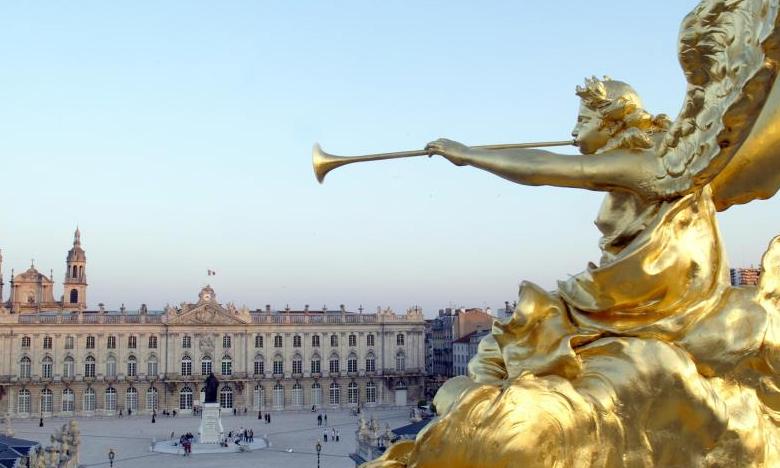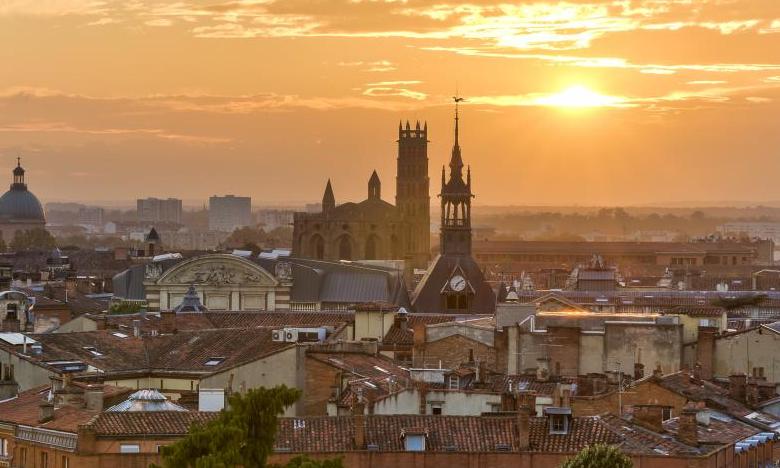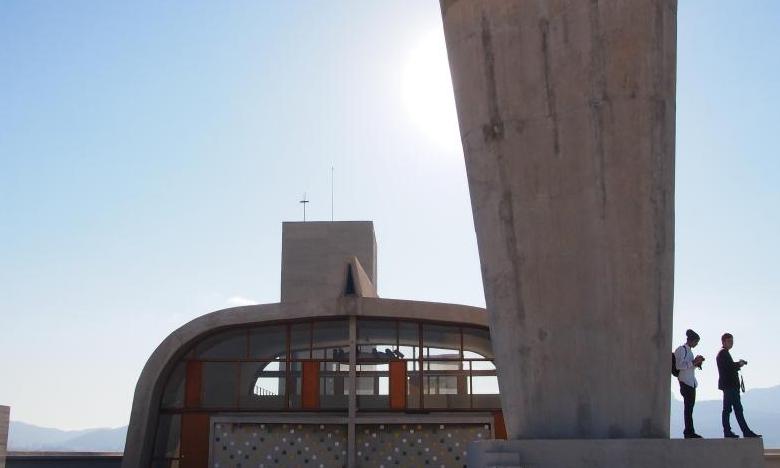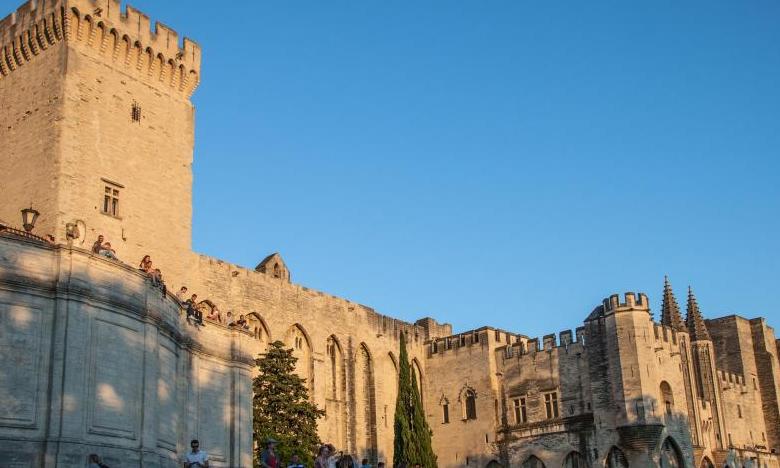In 1972, the United Nations Educational, Scientific and Cultural Organization (UNESCO) put forward a convention to name, catalogue and conserve sites of outstanding cultural or natural importance to the heritage of humanity. Compilation of this World Heritage List officially began in 1975 and presently includes more than 1,000 landmarks and areas in 167 counties. Today, it is the world's most popular cultural program.
France is well represented on this list. In fact, it is tied with Germany as fourth on the ranking of countries with the greatest number of World Heritage Sites, behind Italy, China and Spain. Of France's 44 sites, 39 are cultural properties, four are natural and one is mixed. Another 37 are on the country's tentative list of significant sites that may be nominated for future official World Heritage recognition.
Compellingly, a significant number of the listed World Heritage Sites are in or associated with 18 of the French regional capitals and smaller cities that are members of a French association called Top French Cities. Here are nine of them, located in the eastern reaches of the country.
Avignon: In the 14th century, this southern city was the somber seat of papal power. The Palais des Papes, constructed as the residence of the Pope, is preserved today as the largest Gothic palace in Europe. This is the anchor for a World Heritage Site that includes the historic center of Avignon, the 14th-century Episcopal Ensemble of monuments and the nursery rhyme–famous 12th-century bridge where people danced. Learn more about Avignon.
Clermont-Ferrand: The Basilica of Notre-Dame du Port is one of five Romanesque churches in Auvergne. Notably, this one, dating back to the 11th century and containing some of the finest capitals in the region, is a religious sanctuary on the Routes of Santiago de Compostela in France, recognized by the World Heritage Committee as a collection of 71 sites along four Middle Age pilgrimage roads that lead toward Spain. Learn more about Clermont-Ferrand.
Dijon: There is no distinguishing between the history of Dijon, capital of Burgundy, and that of the wine that has long flowed through its cellars. Accordingly, when the vineyards (climats and terroirs) of Burgundy were recognized as a World Heritage Site, so too was the historic center of Dijon, an incomparable place of wine politics and culture, grape cultivation and wine production ever since the Middle Ages. Learn more about Dijon.
Marseille: In 2016, the architectural works of Le Corbusier, a pioneering 20th-century designer and urban planner, were added to the World Heritage List, given his outstanding contribution to the Modern Movement. Of the 17 identified Le Corbusier sites found in seven countries, one is the "unité d'habitation" (housing unit), an apartment furnished in period style and located in La Cité Radieuse, a Marseille building designed by Le Corbusier in the 1950s. Learn more about Marseille.
Nancy: This eastern city is well known for its 18th-century refinement, evident in its Ducal Palace, museums, formal gardens and old town. But it is the three large plazas – Stanislas, Alliance and Carrière – built under royal patronage between 1752 and 1756 as a harmonious and functional ensemble, that form a unique World Heritage Site-worthy urban landscape. Place Stanislas is still considered one of the most beautiful plazas in Europe. Learn more about Nancy.
Reims: The Cathedral of Notre-Dame de Reims, witness to the coronation of 34 sovereigns over more than 1,000 years, is a masterpiece of Gothic art. Equally impressive in their own right are the Palais du Tau, a palace used as the kings' residence during their coronations; and the former Abbey of Saint-Rémi, which retains its ninth-century nave. Together these three architectural wonders are now a World Heritage Site. Reims has also played a key part in the region's champagne production, helping to earn the area's Champagne hillsides, houses and cellars a spot on the World Heritage List. Learn more about Reims.
Saint-Etienne: Near Lyon in east-central France, Saint-Etienne is the only French UNESCO Creative City of Design and the second in Europe after Berlin. The area's clear devotion to design even finds application in neighboring towns like Firminy, where the Maison de la Culture was designed by Le Corbusier and is on the list of World Heritage Sites recognized for his masterful attempts to invent new architectural techniques for the modern world. Learn more about Saint-Etienne.
Strasbourg: This eastern capital of Alsace is the embodiment of a cross-cultural frontier town; perched between France and Germany, it has crafted its own distinct identity. This is especially true in the Grande-Île (historic center) and Neustadt (new town), two areas of Strasbourg that form unique urban and architectural environments with both Rhineland Europe and French classical influences. This has earned them a place on the World Heritage List. Learn more about Strasbourg.
Toulouse: Once one of France’s most important mercantile and trading cities, Toulouse was also a way station on the Routes of Santiago de Compostela in France. Included as two of the 71 sites connected with these World Heritage-listed pilgrimage roads toward Spain are Toulouse's well-preserved and rose-colored Basilique Saint-Sernin, one of France's finest Romanesque churches, and the Hôtel-Dieu Saint-Jacques, a working hospital from the 12th-century until 1987. Learn more about Toulouse.
About Top French Cities – www.francepresskit.com
Top French Cities is an association of 29 cities, from regional capitals like Bordeaux to important towns like Avignon and Versailles. They are perfect for young travelers, families and anyone else looking for fun and authentic French experiences that will fit their budget. Most of these cities are university towns with a youthful atmosphere, but all of them reflect the heritage and distinctive flavors of the regions to which they belong. Many are forward-looking too, with historic buildings repurposed to house contemporary art and activity centers like Les Docks in Marseille. Many have created or integrated new, modern museums to contrast with their classical, architectural heritage, like in Nimes, where the cutting-edge Museum of Roman Civilization (Musée de la Romanité) is located across from the historic Roman amphitheater, or in Nantes, where whimsical mechanical creatures are being created, or in the UNESCO World Heritage Site concrete city of Le Havre.





